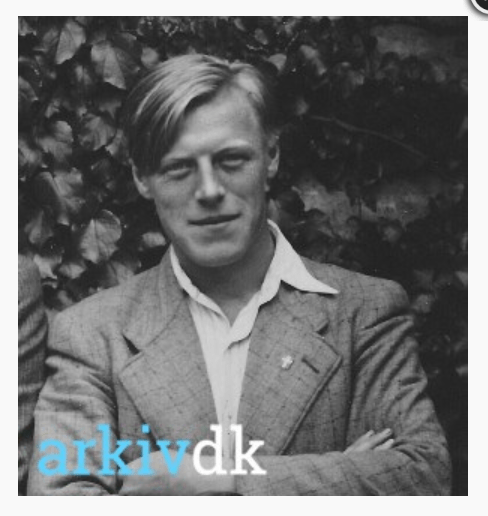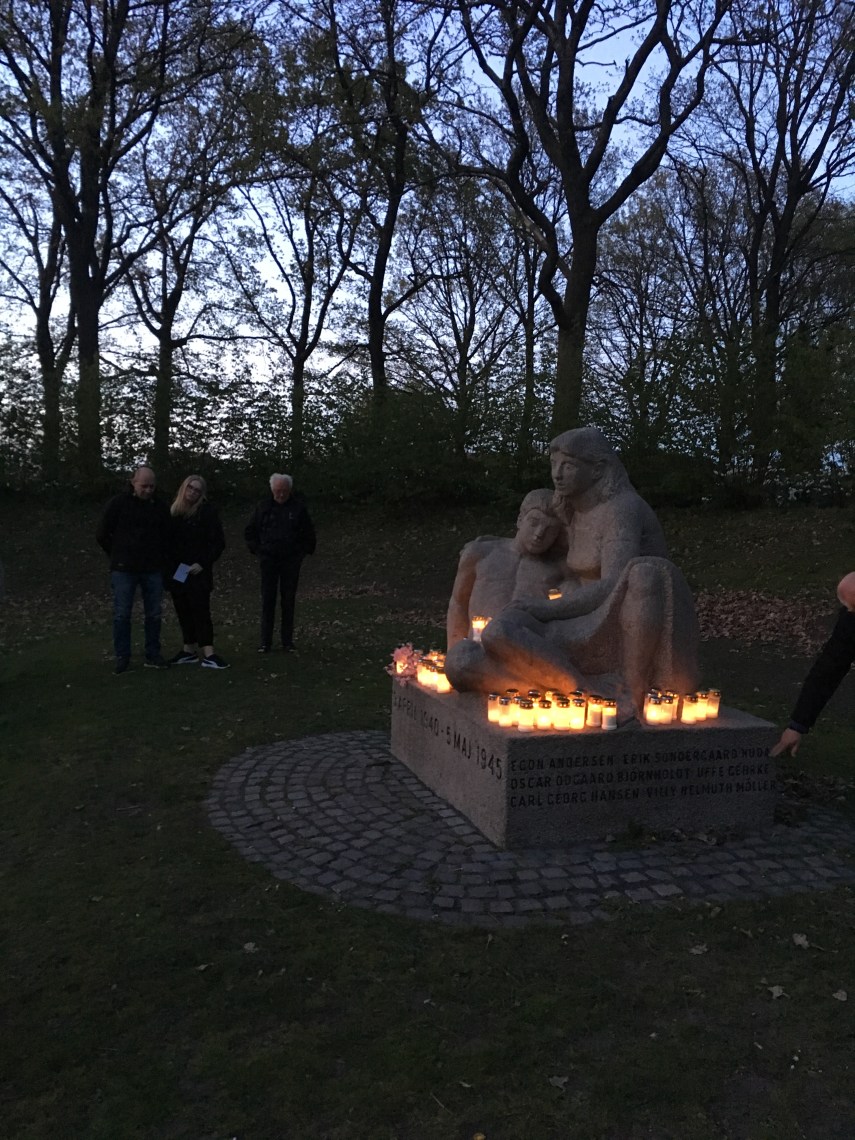June 1944, A Turning Point in Denmark
Scenes from a death cell in the German prison in Copenhagen June 1944
This post is inspired by the priest and writer Alfred Kirketerp with his book “Fight for everything you love” 2017. This author got his sources from interviews with Danish freedom Fighters and books about the dark epoch of our fight for existence during the German Occupation 1940-1945. Our government had been in appeasement with the unwanted German occupiers, and slowly the resistance went to a guerrilla war against the German giant as well as the Danish establishment.
The Nazi leaders in Berlin demanded more strict handling of the resistance as the movement grew.
In June of 1944, two Resistance groups were executed. More unrest, more sabotage and general strikes followed that summer.
The Germans used the executions as a means of terror to intimidate future underground groups and effectuated after sabotage and liquidations of renegade informers by Danish resistance fighters.
Few survived a stay in cell number 2, later called the “Death Cell.” Knud Christensen from “The Hvidstens Group” has told that while he was there, 24 death penalties were sentenced and 18 were executed. When some prisoners disappeared, new ones arrived. They were between twenty and fifty years’ of age and somehow they found a fellowship in the terrifying circumstances.
Two of them were leaders during their time in the Resistance, and in the cell, their calm spiritual way of leading had a lasting impact also on friends and family outside of the prison. One of them was Christian Ulrik Hansen (1921-1945).

Christian Ulrik Hansen (Arkivdk)
His farewell letters are still much quoted at memorials for the German occupation. 19 years old in 1940, he gathered fellow students and civilians to help resist the enemy.
In 1942, he was involved in the first SOE dropping of weapons. In August 1943, Christian Ulrik started the fourth Holger Danske group in Copenhagen from where only a few survived the war. Soon after he was called to Jutland to help the SOE establish groups for drops of weapons in different cities. Unfortunately, they didn’t succeed in getting hold of the guns and explosives, and his two Jutland groups were informed upon by a traitor.
The groups were arrested, and Christian Ulrik was severely tortured by the Gestapo. He only admitted knowledge of SOE agents who were already in Gestapo prison. His friends from the Holger Danske group in Copenhagen had tried to free him by dressing as craftsmen. They succeeded to enter his cell but he declined to escape as the other men in the same situation couldn’t be released.
In May of 1944 Christian and his fellow group participants from Jutland were put into Vestre Penitary in Copenhagen together with the Hvidsten’s Group, who had been more successful in their collecting of weapons and materials for sabotage. Innkeeper Marius Fiil had been asked to start a group for collecting weapons in March 1943. In December 1943, the Gestapo had caught two parachute agents who hadn’t taken their poison pill as promised if arrested by the Germans. They revealed a lot of contacts during the torture they got. The Hvidsten’s Group was among them. The groups of these two men spent ten days together in the death cell after they were told that they were going to meet a military court. Both Marius Fiil and Christian Ulrik Hansen were the kind of calm believing Christians who would encourage their fellow prisoners.
Jens Stenz who survived from the Hvidsten’s group has said that Christian, a theological student was an exceptional person in spite of his 23 years he was mature and modest and preached to his fellow prisoners and encouraged them not to hate the Germans.
A survivor had documented that Christian, the last night before he and seven others’ execution by shooting, he tried to comfort his fellow prisoners by praying with them and talking to them all night.
The Germans were mistaken that these executions would extinguish the civil unrest in Copenhagen as it escalated.
The Occupiers answered by blowing up the Concert Hall in our beloved Tivoli. A few days later the Hvidsten’s Group were next in turn to be tried at a military court. Of the fourteen people in the group, eight got the death penalty and the rest life in prison or long sentences. Kirstine Fiil, the daughter of the innkeeper who started the group had her death sentence changed into life in prison. She lost her father, her brother and her husband when the penalties were executed the day after.
She had the guts the same day to write to the leading German in Denmark Dr Werner Best:
Regarding your execution today of eight Danish men, I would like to tell your Highness my thoughts on this matter, not for the sake of my family members who were shot today but for all those who will follow. Your Excellence ought to understand that if you execute more people whenever new sabotage happens, the unrest will not seize but increase. The last time, I saw my brother he said:
We know that rocks can break and a river can be bend but a nation can’t seize to exist unless it decides it to happen. (A qoute from a Danish song by Valdemar Rordam)
In 2011, a movie was made about the Hvidsten’s Group. Here is the trailer.
On their way to the execution place in Ryvangen Copenhagen, many of the freedom fighters sang a short song that became a symbol for their fight for regaining freedom for our country.
Be bold always as you walk on your way in life. The last phrase says:
Fight for everything you love,
Die if it’s needed
Then life is not so difficult not death either
Today the old Hvidsten’s Inn from 1634 is still working with Fiil family members and serves as a strong symbol of the resistance.
A general strike later called “The People’s Strike” broke out many places in Denmark as soon as the news came out on the executions. The turning point came when more and more ordinary Danish people understood that they had to back up on the Freedom Fighters and do what had to be done to be regarded as an ally to our Western Allies.

The front page of the book by Alfred Kirketerp that inspired me to this post
In the days of liberation, the Resistance Members or Freedom Fighters were these armbands in the popular allied colours.

The grave for the Hvidsten’s Group close to the Inn
The liberation is still remembered all over Denmark with many ceremonies in churches and graveyards.

WWII Memorial sculpture in my home town Herning from May 4 commemorating the fallen Freedom Fighters from our area


Christian, only 19 years old, and already wiser than his years. One has to admire people who continue fighting despite the odds against them – but it was what they believed! Heroes that should always be remembered! Thanks you for teaching and reminding us what that generation went through!
LikeLiked by 2 people
As you know, I am so pleased to have your comment also on this post dear GP Cox. These people were extraordinary and knew that survival couldn’t be taken for granted
LikeLiked by 2 people
Extraordinary is the perfect word for them! Thank you for such a detailed post.
LikeLiked by 1 person